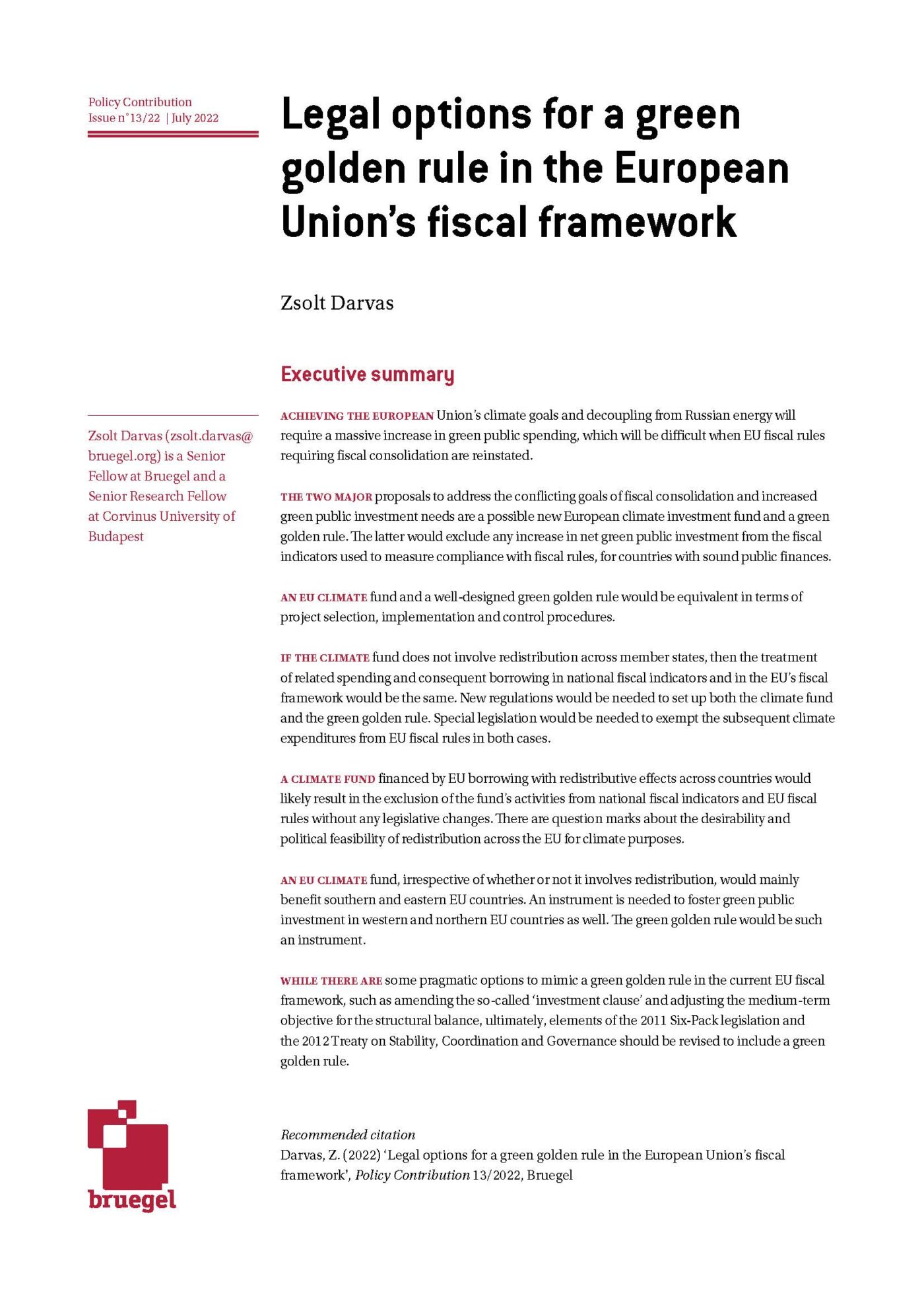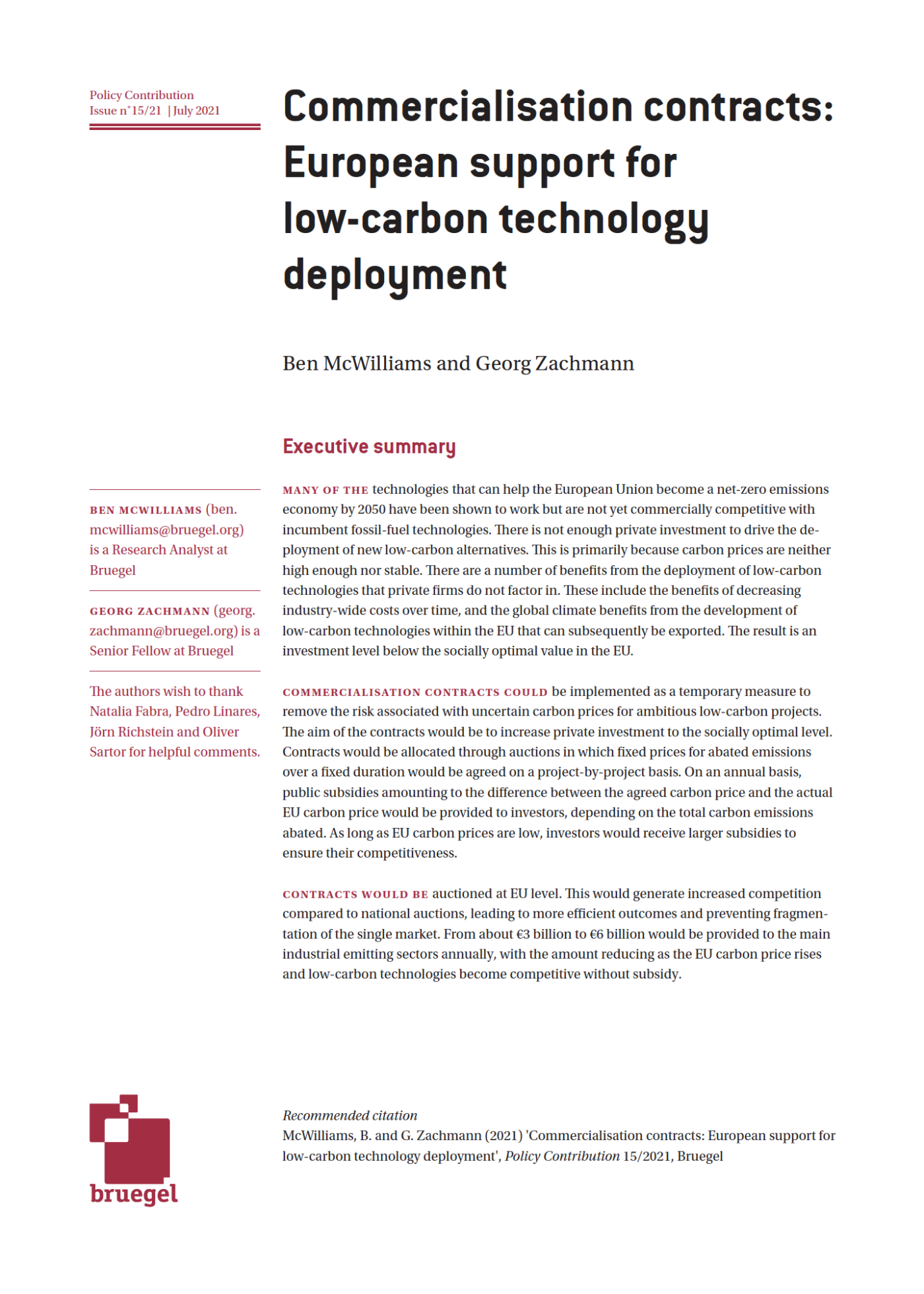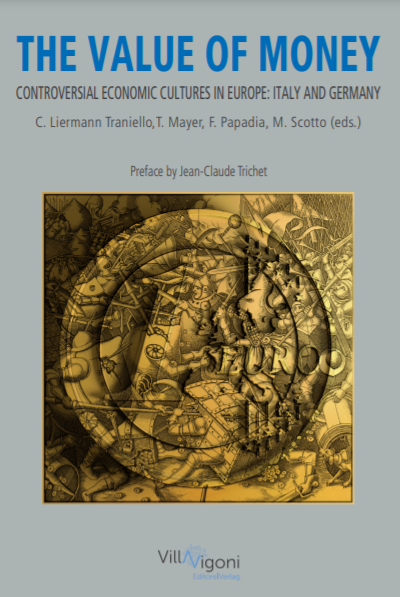Blog Post
Talking about Europe: La Stampa 1940s-2010s
An on-going research project at Bruegel seeks to quantify and analyse printed media discourses about Europe over the decades since the end of the Second World War. In this third blogpost, we carry out the exercise on 9.9 million articles from an Italian daily newspaper, La Stampa. The trend increase in the frequency of European related articles, previously found looking at the French and German press, is confirmed in the case of Italy.
With the presentation of the preliminary results about an Italian daily newspaper, we conclude the first phase of our research. A first snapshot screened more than 2.8 million articles in Le Monde between 1944 and 2018. A second snapshot, instead, carried out an analogous exercise on half a million articles from the German magazines Die Zeit and Der Spiegel. In this third post, we look into 9.9 million articles from La Stampa.
The study aimed at measuring whether, and if so to what extent, attention in the printed press to European matters has increased over the decades in the three largest founding members of the European Union. Basically, we measure the frequency of articles about Europe over the millions of articles published in the selected press organs: this is called the E/T ratio in the blogposts, with E the number of European related articles and T the total number of published articles.
The results presented in this post show that also in Italy, confirming the results obtained for France and Germany, there is a sustained increase in the E/T ratio over the more than 70 years covered in the analysis.
These results are preliminary at least in two important respects.
First, the methodology is still being refined, so much so that it is not possible to make comparisons between different countries, while inferences about the absolute level of the E/T ratio have to be taken as very preliminary. In further steps of the analysis, we will move to more consistent text mining techniques in order to pre-process the data and derive more precise E/T figures for all three considered countries.
Second, the interpretation of the results is still being developed. In particular, it remains to be ascertained what does a growing E/T ratio tell us about a fledgling European public opinion and, possibly, about a nascent European demos. Progress on these two issues is left for a more advanced phase of the research.
Methodology
To include Italy in the empirical analysis we are conducting on European Public Opinion, we use the public archives of the daily newspaper La Stampa. The full archive is split in two: the historical archive (1867-2005) and the new archive (1993-2019), with a partial overlap between the two. Together the two archives contain more than 11.5 million scanned and digitised articles from the paper versions of La Stampa and its related publications, for example the local versions of the newspaper. After cleaning the archive for duplicated articles (both within and across archives), we obtain a combined dataset of 9.5 million articles over the entire period, as illustrated in Figure 1.
Figure 1. Number of total articles in La Stampa archives (1945-2019)
Both the historical and new archive contains a collection of articles from different newspapers from La Stampa group. In Figure 2, we break down the two archives by newspaper. In the old archive we have both LaStampa and Stampa Sera (the historical afternoon publication of La Stampa). In the new archive, instead, we can distinguish between national news, digitised from the national La Stampa edition (sold across the whole country) and the local editions (for example, La Stampa Torino or La Stampa Alessandria). The following table summarises the division of the two archives into different newspapers.
Figure 2. Breakdown of the total sum of the two archives according to the different newspapers (1945-2019)
One important preliminary comment is that local news articles are much more numerous than national news articles, since the two are clearly distinguished since the beginning of the 2000s.
Using this dataset, we apply a similar methodology to what we have done with Le Monde and the German weekly newspapers, in the previous blog posts. Using the set of keywords listed in the appendix, we count their frequencies in the dataset (i.e. the E/T ratio) over the decades, assigning a score of one point to each match. However, for the words “euro” and “European”, and their different declinations in Italian (Europea, Europeo etc.) we assign a lower score of only 0.5, to take into account the possibility that these terms do not really signal that the article is about Europe but may just contain a generic reference to Europe or to the euro. The threshold that we choose for our numerator is those articles that have more than 1.5 matches.
Figure 3: E/T ratio in La Stampa archives (1945-2019)
In Figure 3, we plot our E/T measure over time. As with Le Monde, Die Zeit, and Der Spiegel, the vertical lines highlight some peaks clearly associated with the elections of the European Parliament: 1979, 1984, 1989, 1994 and 1999 all stand out, for instance, denoting greater attention to European affairs on those occasions.
But several other peaks correspond to important events related to European integration, within the specific Italian context. The run-up to the signature of the Treaties of Rome creating the European Economic Community, signed in March 1957 in Campidoglio, represents a peak in the ratio, starting from January of that year.
The peak of January/February 1964 corresponds to the balance of payment crisis that Italy suffered, although the Italian authorities found a solution outside the European framework with the International Monetary Fund (IMF) and the World Bank.
The small peak of December 1978 may be related to the finalisation of the negotiations for the creation of the European Monetary System (EMS). EMS participation spurred an important debate in Italy, and the Italian government asked its European Economic Community (EEC) partners for a delay for reflection before it eventually gave its final positive answer on participation.
It is instead somewhat surprising not to see the Spinelli Initiative of February 1984 – when the European Parliament adopted the report of MEP Alterio Spinelli and approved the Draft Treaty Establishing the European Union – better reflected in the evolution of the ratio. The ratio is clearly rising in the first half of 1984, to reach one of the clearest and highest peaks of the period, but this does not correlate exactly with the timing of the Spinelli initiative unless we assume that the debate carried on in the press.
The clearest result, as in the case of the German and French press organs, is the trend increase of the E/T ratio: the frequency of European articles over the total number of published articles grows quite steadily over the decades, trebling from a frequency of around 1.5 per cent at the beginning of the period to 4.6 at its end. Also in the case of Italy, there is increasing press attention paid to European affairs over the decades. The level of the E/T ratio is low but, as mentioned above, measurement of this level is still imperfect and therefore its assessment must remain prudent. In the specific case of La Stampa, the predominance of local rather than national news is probably a factor explaining the low level of the ratio. There is a hump in the ratio in the middle of the 2000s that still calls for an explanation.
Given the complex structure of these datasets, and the simplicity of this exploratory attempt, sample definition and methodological issues will have to be further developed and refined. If taken at face value, the results for Italy corroborate those for France and Germany: the printed press has paid increasing attention over the decades to European issues. As mentioned above, the interpretation of this development needs further reflections, but there is prima facie evidence that as the process of European integration intensified so did the frequency with which readers of the printed press were offered articles about European matters.
Republishing and referencing
Bruegel considers itself a public good and takes no institutional standpoint. Anyone is free to republish and/or quote this post without prior consent. Please provide a full reference, clearly stating Bruegel and the relevant author as the source, and include a prominent hyperlink to the original post.












